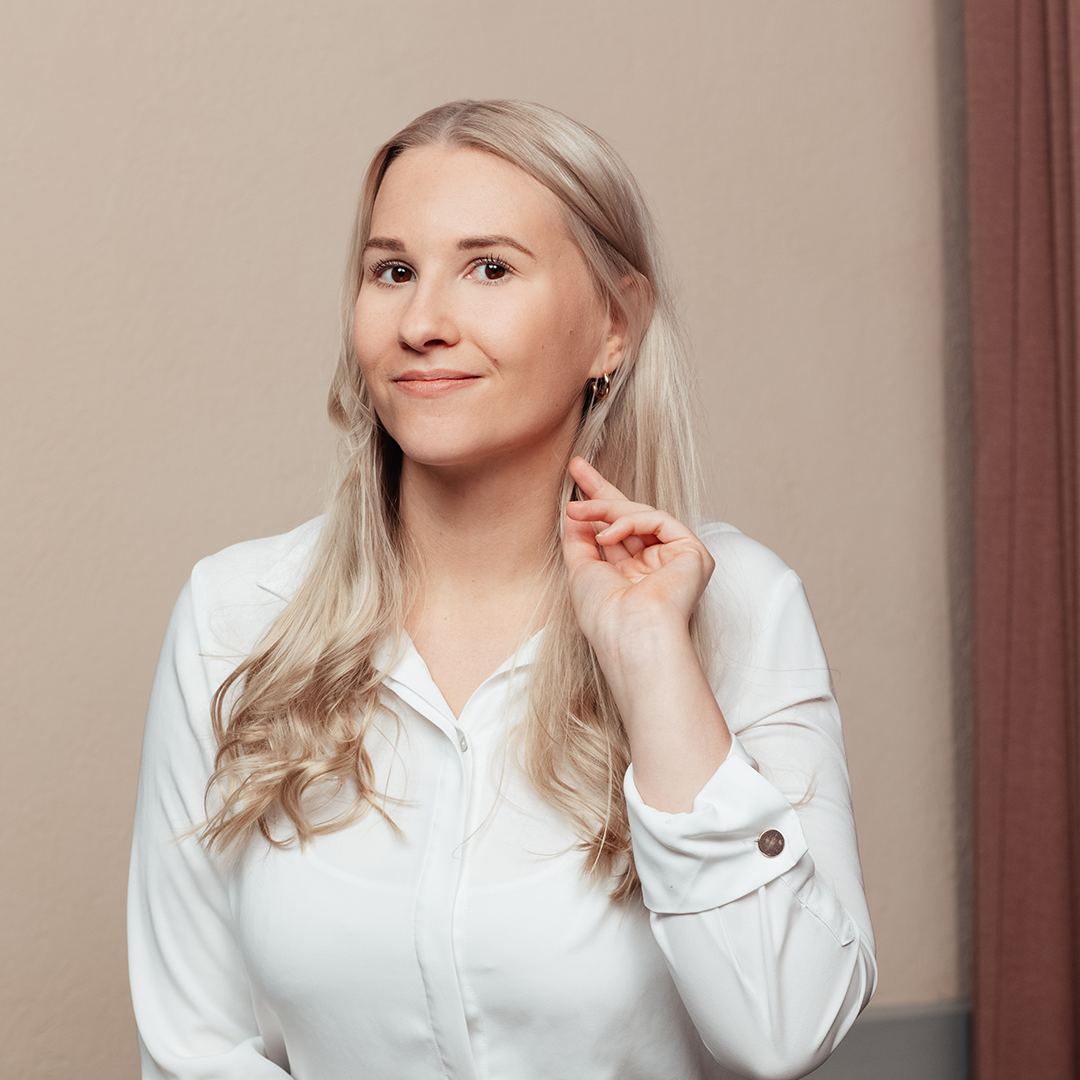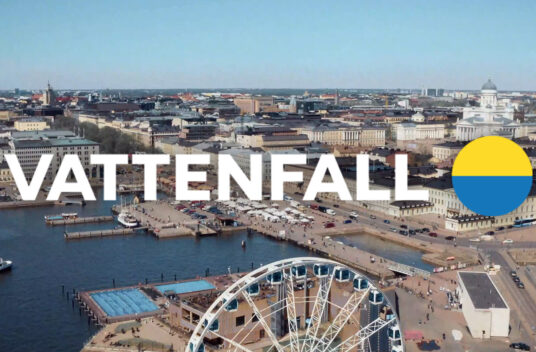Search advertising trends for 2024

2024 will be a year of change for search advertising. SGE (Search Generative Experience) is likely to change search engine behavior significantly. In addition, the removal of third-party cookies and changes in legislation make measurement even more demanding. Johanna Nokela, Head of SEA at Dagmar, gathered together with the other search advertising experts the trends that are worth following this year.
Measurement is changing: The post-cookie era
The gradual disappearance of cookies from digital advertising has prompted advertisers and analysts to look for new ways to measure and model conversion data. Google has announced that third-party cookies will be removed from Chrome in the first half of 2024, meaning advertisers will have to adapt to the new modeling methods.
In this section, we’ll look at how these changes will affect search engine advertising and how you can continue to ensure effective advertising.
Consent mode
The most topical topic at the beginning of the year has definitely been Consent Mode. Consent Mode v2 is necessary if advertisers want to continue advertising on Google as before. The change particularly affects conversion tracking and audiences. As of 6.3., this has already affected advertising so that for ad accounts that do not yet have Consent Mode enabled, remarketing audiences have completely stopped generating new audience members.
The update is used to communicate what data Google is allowed to collect about the visitor to the site. With this change, Google responds to the EU’s Digital Markets Act (DMA) regulation. Consent Mode relies heavily on modelling and fills gaps in data by evaluating user behavior, even if consent has not been given. This way, data and analytics will remain comprehensive and accurate in the future.
In practice, the update takes place through Google TagManager, which ensures that Google’s tracking codes pass approved permissions. In addition, the advertiser should check that the cookie banner supports the latest Google Consent Mode v2 and is installed as required by law.
Make sure you keep up with the new legislation without significantly deteriorating advertising results. If you haven’t already enabled Consent Mode, we’ll be happy to help you set it up. Contact: juho.virkajarvi@dagmar.fi
You can read more about the Consent Mode update on our blog.

If you haven’t already enabled Consent Mode, we’ll be happy to help you set it up.
Contact our expert: juho.virkajarvi@dagmar.fi
Enhanced conversions
Enhanced conversions is another modeling-based tool released by Google to help fix cookie deletions. This is a functionality that connects to conversion tracking and combines user actions across devices and browsers. It uses the login information provided by the visitor on the site, such as an email address, to form a secure version that is compared to the Google Account information. Based on this information, Google can model whether a user completed a conversion.
The importance of one’s own data is emphasised
In the future, it will be increasingly important to utilise advertisers’ own customer data in optimising and targeting advertising. First-party data refers to information collected directly from a company’s customers and users through its own channels, such as a website, mobile app, CRM system, or customer feedback. This data can be used for targeting, bidding or excluding target groups. The main thing is to feed the system as many signals as possible of potential customers.
Data-driven attribution helps you make decisions
All conversions are gradually moving automatically from other attribution models, such as last-click attribution, to data-driven attribution. The model uses machine learning to value results on a case-by-case basis and distribute value equally to all impactful touchpoints.
Don’t forget about “lighter” conversions
As data for “heavy” conversions (e.g. sales, leads) decreases with fewer accepted cookies, it’s more important than ever to track lighter conversions (e.g. additions to carts or click on the “explore” button) in order to provide AI with as many signals as possible about potential customers.

DAGMAR IS YOUR CREATIVE AND VISIONARY MODELING PARTNER
We’ll help you see what’s working and what’s not working in your marketing mix. Your trust in us will be rewarded with results that are reflected in both marketing metrics and your brand growth.
With us, you will not only get data analytics professionals by your side, but also partners who understand the essence of marketing and how actions are ultimately visible under the line.
Campaign formats and ad creation become even more automated
Keyword types are becoming less important
Highly segmented exact / phrase match keyword ad groups no longer perform the same as before. In the future, campaign structures should focus more strongly around broad match keywords. They refer to the type of keyword that allows ads to appear broadly in searches related to a topic. Broad match is more based on AI and takes into account, for example, the user’s recent search behaviour.
At Dagmar, we have tested broad match keywords across a variety of industries. In many cases, they work great with smart bidding and responsive search ads. However, their use requires careful monitoring of search terms, especially in the beginning, and there can be many differences in functionality by industry or keyword. On the B2B side, you should be especially careful with search terms.
Performance Max (PMax)
PMax’s share of advertising has grown rapidly, especially in e-commerce. According to statistics from Grow My Ads, up to 76% of e-commerce ad spending is focused on shopping advertising. No wonder why. Experience at Dagmar shows that PMax campaigns using a product feed often have a significantly higher conversion rate than traditional search campaigns.
PMax is an automated campaign format: the system is provided with a budget, audience signals and a set of different assets (images, video, headlines, description lines) from which the system creates advertising materials automatically. If necessary, PMax even creates a video by combining the provided images and texts.
It is likely that the dynamic campaign format will eventually give way to PMax altogether. For dynamic campaigns, the system is fed a landing page from which it automatically extracts keywords for targeting and generates search-appropriate headlines for ads. It may also be that in the long run, traditional search campaigns will move completely under PMax, but we are not yet at that point.
Demand Gen
Demand Gen is a newer Google Ads campaign format designed to drive demand (unlike Search and PMax, which are more typically end-of-journey campaigns). The system is fed a goal, budget, text, images and video, which Google combines to create different combinations of assets. Campaigns can appear on YouTube (shorts, in-stream, feed), Gmail and Discover feed.
Ad creation will become even more automated
In May 2023, Google announced that it would introduce an AI-powered tool inside Google Ads that automatically generates advertising content based on the given framework and site content. This feature has gradually become available for ad accounts. We are currently testing its functionality. Most likely, the tool will speed up campaign creation even more.
Search advertising continues to visualize
Exciting new features and possibilities:
•
• Image extensions have been available to all advertisers for a while now (after at least 90 days of running ads).
• The share of Shopping advertising in search results is increasing. Especially when searching for products, images tell significantly more about what is on offer than text ads.
• Dynamic image extensions are now turned on by default in Google Ads. Google may highlight a relevant image from your landing page alongside your ad.
• In Performance Max campaigns, video is more important than ever. It is no longer possible to build campaigns without video material. If the advertiser doesn’t add a video to the campaign format, Google will automatically create one.
• The new ad format, Demand Gen, relies heavily on display and video materials.
Do you want sparring help with your search engine advertising? Contact us and let’s talk!
WRITTEN BY

Head of SEA
In addition to customer work in search engine advertising, Johanna focuses on internal development tasks and leads Dagmar’s search advertising development team forward. You can turn to her in any matter related to search advertising, and she has gained experience in a wide range of industries in Finland and globally. As a counterbalance to her work, Johanna prefers to spend time with friends over good food and wine.
Read more
-
 Vattenfall’s B2B website is clearer and more readableThe collaboration between Dagmar and Vattenfall‘s B2B marketing Energyplaza started already in November 2023. We…See our work
Vattenfall’s B2B website is clearer and more readableThe collaboration between Dagmar and Vattenfall‘s B2B marketing Energyplaza started already in November 2023. We…See our work -
 Dagmar studied: Search behavior changes with media consumption – Search Everywhere Optimization and Social Search are a new way of thinking about search engine optimizationAre you first in the search results when half a million Finns search YouTube for…Read the blog
Dagmar studied: Search behavior changes with media consumption – Search Everywhere Optimization and Social Search are a new way of thinking about search engine optimizationAre you first in the search results when half a million Finns search YouTube for…Read the blog -
 Technical SEO: 10 Technical SEO stumbling blocks to addressWithout a solid foundation in technical search engine optimization, even the best content will remain…Read the blog
Technical SEO: 10 Technical SEO stumbling blocks to addressWithout a solid foundation in technical search engine optimization, even the best content will remain…Read the blog